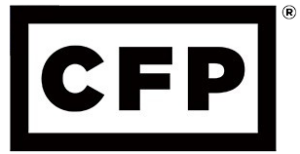It’s been a long and wild ride, but it’s mostly come to a head!
First, debt ceiling negotiations throughout May and agreed upon in June forced the decision of student loan repayments to resume by October 2023.
Then, the Supreme Court in a 6-3 vote on June 30th blocked Biden’s $400B plan to provide student loan forgiveness affecting 37 million borrowers. If you want a refresher on the hotly debated proposal, read more here.
Despite these back-to-back Biden setbacks, the administration had already done a great job simplifying and expanding forgiveness back in 2021. The Education Department canceled $11.5 billion worth of student loan debt for 580,000 borrowers who met any one of 4 qualifiers:
- Total and permanent disability discharge
- Closed school discharge
- Borrower defense to repayment
- Public Service Loan Forgiveness
The Public Service Loan Forgiveness (PSLF) qualifier yielded the most relevance at Powwow. With adjustments made, public servants like nurses and teachers were able to count previously non-eligible work history toward their 10-yrs in public service requirement. Powwow has already had a few clients positively impacted. Some were immediately eligible and others just needed to submit proof of their work history to have it added to their public service record.
With the administration reminding us of their 2021 successes in the face of their 2023 losses, they laid out a new plan to revamp income-driven repayment plans. First, they announced automatic loan forgiveness to eligible borrowers with an income-driven repayment plan. This forgiveness will amount to $39B over 804,000 borrowers. “To bring people over the line for forgiveness, the Biden administration counted payments for borrowers who’d paused their payments in certain deferments and forbearances and those who’d made partial or late payments.” The administration further describe borrowers receiving these payments as victims of a broken system who fell through the cracks, a wrong they want to right.
Their second strategy has been to draft new rules for the income-driven repayment plans. For instance,
- Borrowers currently pay up to 10% of their discretionary income on undergraduate loans, this would be reduced to 5%.
- Make changes to expand what’s considered non-discretionary expenses, so that less is on the table for the 5% discretionary repayment.
- Borrowers currently pay for 20 years and must have a balance of $12,000 or less for forgiveness. This would reduce to 10 years.
- Make favorable adjustments to interest calculations to prevent balances from growing when the borrower is only required to make little to no payment due to low income.




